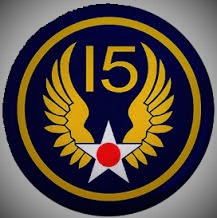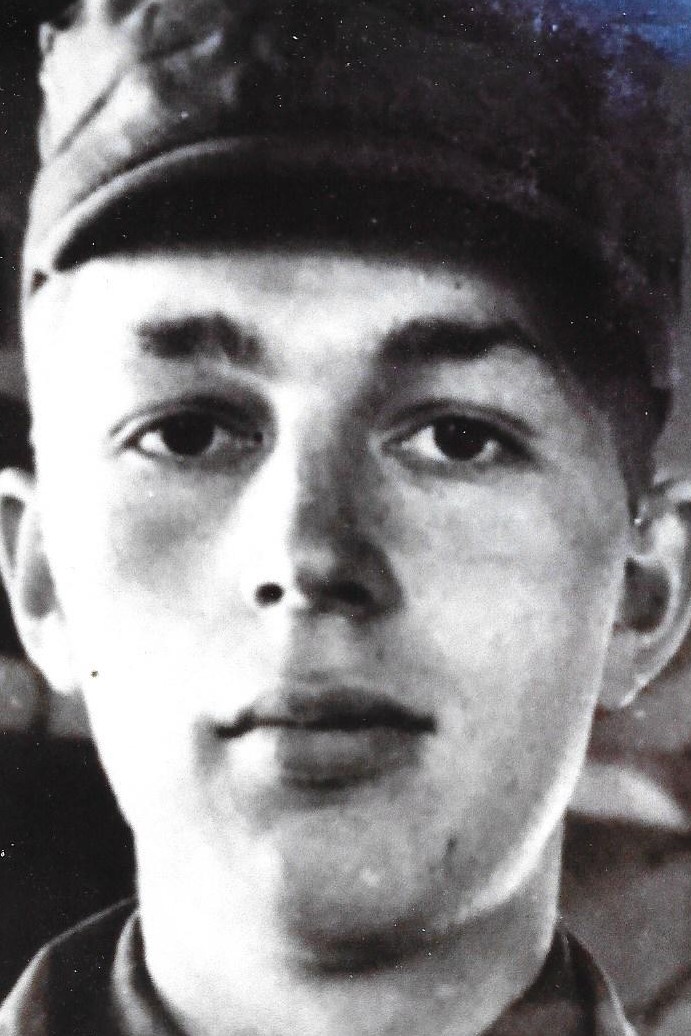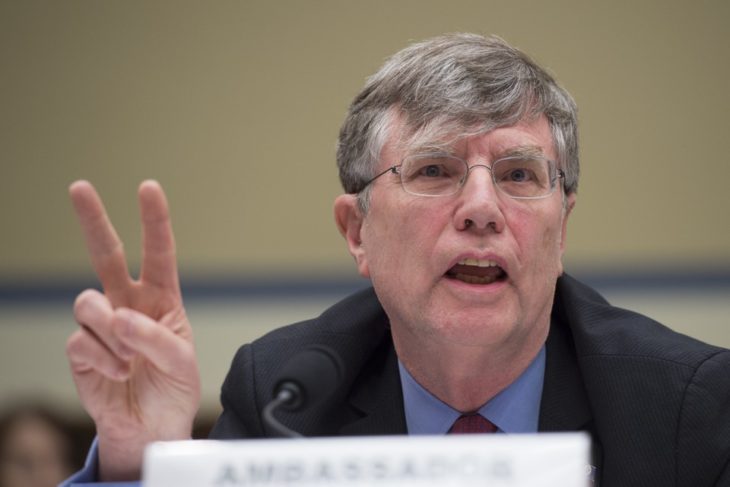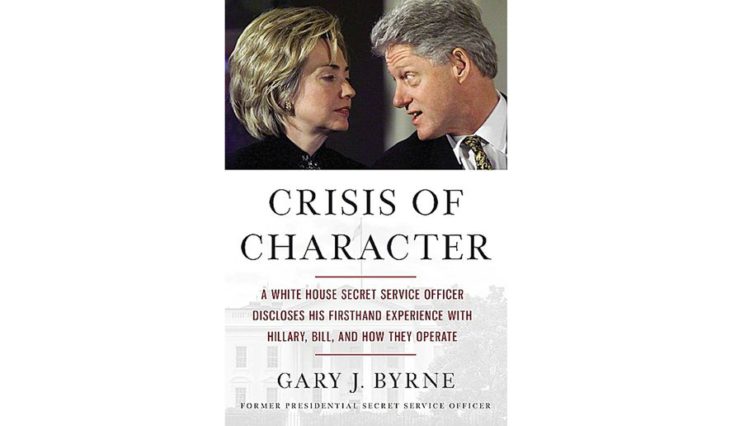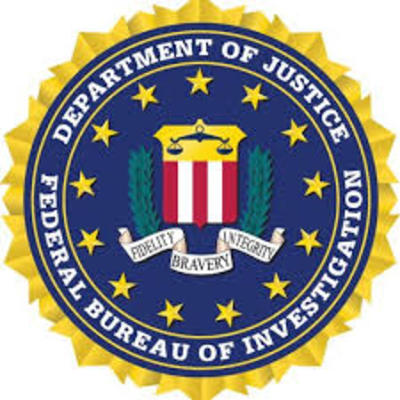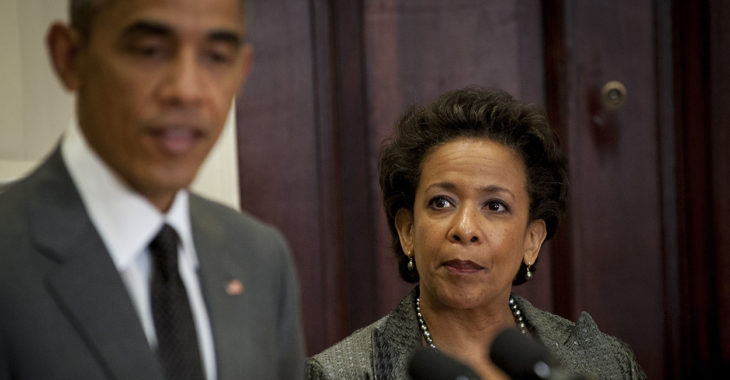Memorial Day—like Christmas, some would say— has lost some of its true meaning for most people who observe it.
Memorial Day weekend has become the unofficial beginning of the summer season. Nearly everyone attends a picnic, parade, or family gathering and enjoys the warm weather. Too few remember that the holiday is intended as a day of remembrance of those who died in the defense of our nation. Even fewer take the time to decorate the graves of the fallen.
Last year, as guilty as anyone, I attended a neighborhood barbeque in Troy, New York, on Memorial Day weekend. Somehow the conversation turned to a book I’ve been working on concerning US airmen shot down over Yugoslavia during World War II. Do you know, one neighbor asked, that an airman who was killed in Yugoslavia is buried nearby, in Elmwood Hill Cemetery?
Soon my girlfriend Heather and I were off to find the grave. The man’s name was Staff Sgt. Martin C. Hutchinson, and he shared a gravestone with his parents, Irene and Charles Hutchinson. We shopped for a small flag—a surprisingly difficult task considering it was Memorial Day weekend—and placed it at the site. I also resolved to use the resources at my disposal to find out more about him.
Marty Hutchinson, it turns out, was a pleasant young man with an artistic bent who looked something like the actor Colin Hanks. Like most kids in the 1930s, he was an aviation enthusiast and enjoyed making model airplanes. A year after graduating from Watervliet High School in 1941, he volunteered for the Army Air Forces hoping to become a pilot.
Hutchinson’s mediocre eyesight disqualified him from flight training. He did, however, possess remarkable mechanical aptitude. He trained at the Boeing aircraft plant in Seattle and became a B-17 flight engineer. As such, Hutchinson was the chief enlisted man on the heavy bomber’s ten-man crew. His importance in keeping the aircraft aloft was second only that of the two pilots.
Hutchinson planned to marry his girlfriend Norma before he shipped overseas. When his leave fell through, Norma flew to Texas and married him. Two days later, she followed him to Nebraska, his final staging point. There they enjoyed a few more days of married life. Norma wrote to Martin’s parents, exalting that their time together was “too wonderful to be true and too good to last.”
Hutchinson’s crew was assigned to the 2nd Bomb Group stationed in Italy. They began flying combat missions on January 24, 1944. Most of his targets were aircraft factories and transportation facilities in northern Italy, Austria, and Germany.
Hutchinson’s most costly mission occurred on February 22, 1944, during the “Big Week” all-out air offensive against the Luftwaffe. Thirty-Five B-17s from his Bomb Group took off that morning against an aircraft factory in Styr, Austria. Fourteen failed to return. Hutchinson happened to be flying in the middle of the formation. Nearly every plane to his rear was shot down by fighters, including the two directly behind him. No doubt, he felt very lucky to have survived.
On March 18, 1944, Hutchinson’s target was a vital airfield in Villaobra, Italy. Enemy fighters, determined to defend the airbase, rose and swarmed all over Hutchinson’s formation. Sometime during the dogfight, a JU-88—a German twin-engine aircraft—launched its rockets. One struck Hutchinson’s B-17 and exploded on contact, nearly severing its tail. The plane jerked violently, turned on its back, and fell into a spin.
Hutchinson was likely stationed in the upper machine gun turret, the position that flight engineers took when fighters approached. He and most of the crew were trapped inside.
Only two crewmen reached an escape hatch in the B-17’s nose. Lt. Adam Pryzyna, the bombardier, bailed out and survived. Lt. Charles Evert, the navigator, managed to claw his way out of the hatch, but too late. By then the plane was too close to the ground and his parachute did not have time to blossom.
Yugoslavians from Gerovo, Croatia, found the wreckage the next day. Their sympathies were with the Partisan underground. They carried the airmen’s bodies to the nearest town and gave them an ornate Catholic funeral with full military honors. Every villager attended. They garlanded the graves with flowers and wreaths.
Sgt. Hutchinson is not buried at the gravesite in Troy that bears his name. A few years after his death, officials from the American Graves Registration Commission reinterned the crew’s bodies. They gave Hutchinson’s mother, Irene, the option of having his body brought home. She decided that he would have wanted to be buried with his crewmates. His final resting place is the American military cemetery in Florence, Italy: Plot H, Row 11, Grave 34.
Later, the Gold Star Mothers asked Irene if she wanted to march in a Memorial Day parade in Altamont. They told her that they wanted to honor her for giving her son to the war. “I didn’t give my son to war,” Irene snapped, “it took him.” She did not march.
Still, I like to think that Irene would not begrudge us a picnic on Memorial Day weekend—so long as the true meaning of the holiday is not forgotten. After all, one such picnic led to a better appreciation of her son’s sacrifice.
And didn’t men like Sgt. Martin C. Hutchinson give up their lives so that the rest of us could enjoy the blessings of freedom?
